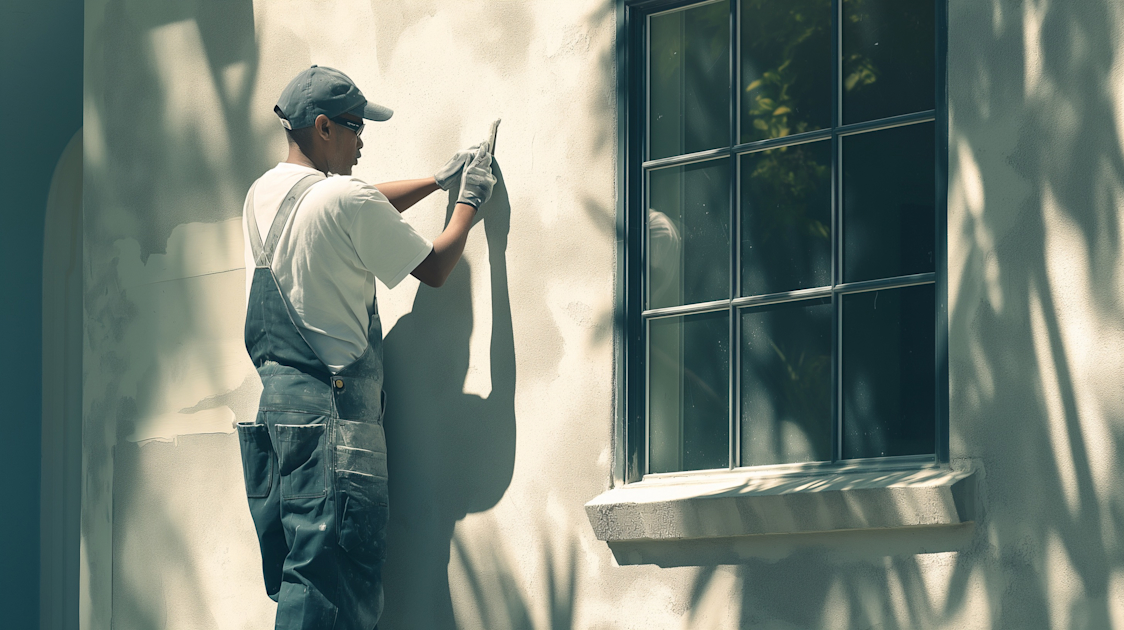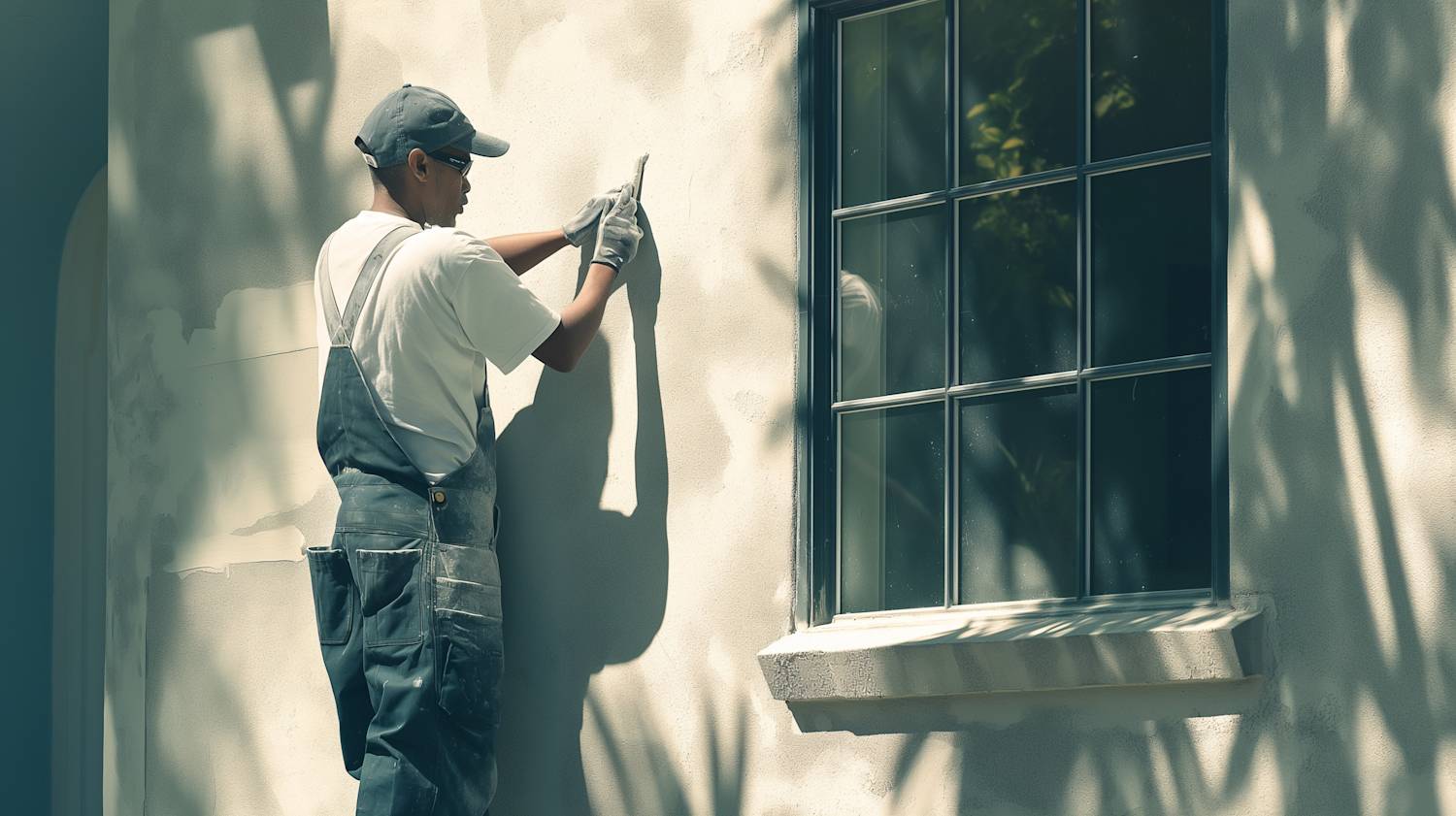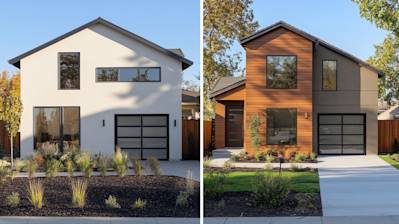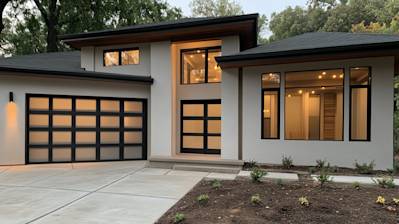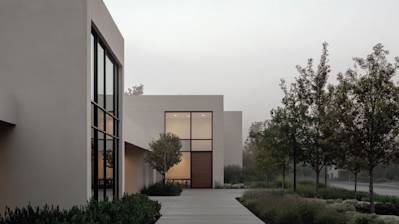Plastering is a technique that has been used in building constructions for hundreds of years. Among the variety of plasters available, cement plaster is a popular choice due to its durability and versatility. In fact, cement plaster has proven to be an excellent building material for both interior and exterior finishes. There are numerous advantages of using cement plaster over other types of plastering materials — durability, water-resistance, and the ability to provide a smoother finish are just to name a few. Let's delve into the fascinating world of cement plaster and explore its applications, benefits, types, and the process of application.
A Comprehensive Understanding of Cement Plaster
Cement plaster is a mixture of suitable plaster, sand, portland cement and water. It is normally applied to masonry interiors and exteriors. While it serves a decorative purpose, cement plaster is also crucial for surface protection. It provides a durable and robust surface that can withstand external factors like weather changes, wear and tear. Additives can also be mixed into the cement plaster to enhance its adhesive properties, durability and ability to resist water intrusion.
Cement Plaster Composition
-
Portland Cement: The principal ingredient; it gives the plaster strength and durability.
-
Sand: Added to provide bulk and increase resistance to cracking.
-
Water: The medium for the mixture; it makes the plaster workable and initiates the hardening process.
Types of Cement Plaster & Its Applications
There are various types of cement plaster based on the mix ratio of cement, sand, and additives. The choice of type greatly depends on the requirements of the project. Let's talk about some common types of cement plaster and where they are typically employed.
1:3 Cement Plaster
This cement plaster mix contains 1 part cement and 3 parts sand by volume. It is typically used in internal walls and ceilings due to its smooth finish and excellent adhesion property.
1:4 Cement Plaster
This type of cement plaster is a mix of 1 part cement and 4 parts sand by volume, offering slightly less strength than the 1:3 mix. It's usually used for external walls and instances where more thickness is required.
1:6 Cement Plaster
The 1:6 ratio of cement plaster is a mix of 1 part cement to 6 parts sand by volume. It's used for plastering work that doesn't require high strength, such as decorative features and mouldings.
The Process of Applying Cement Plaster
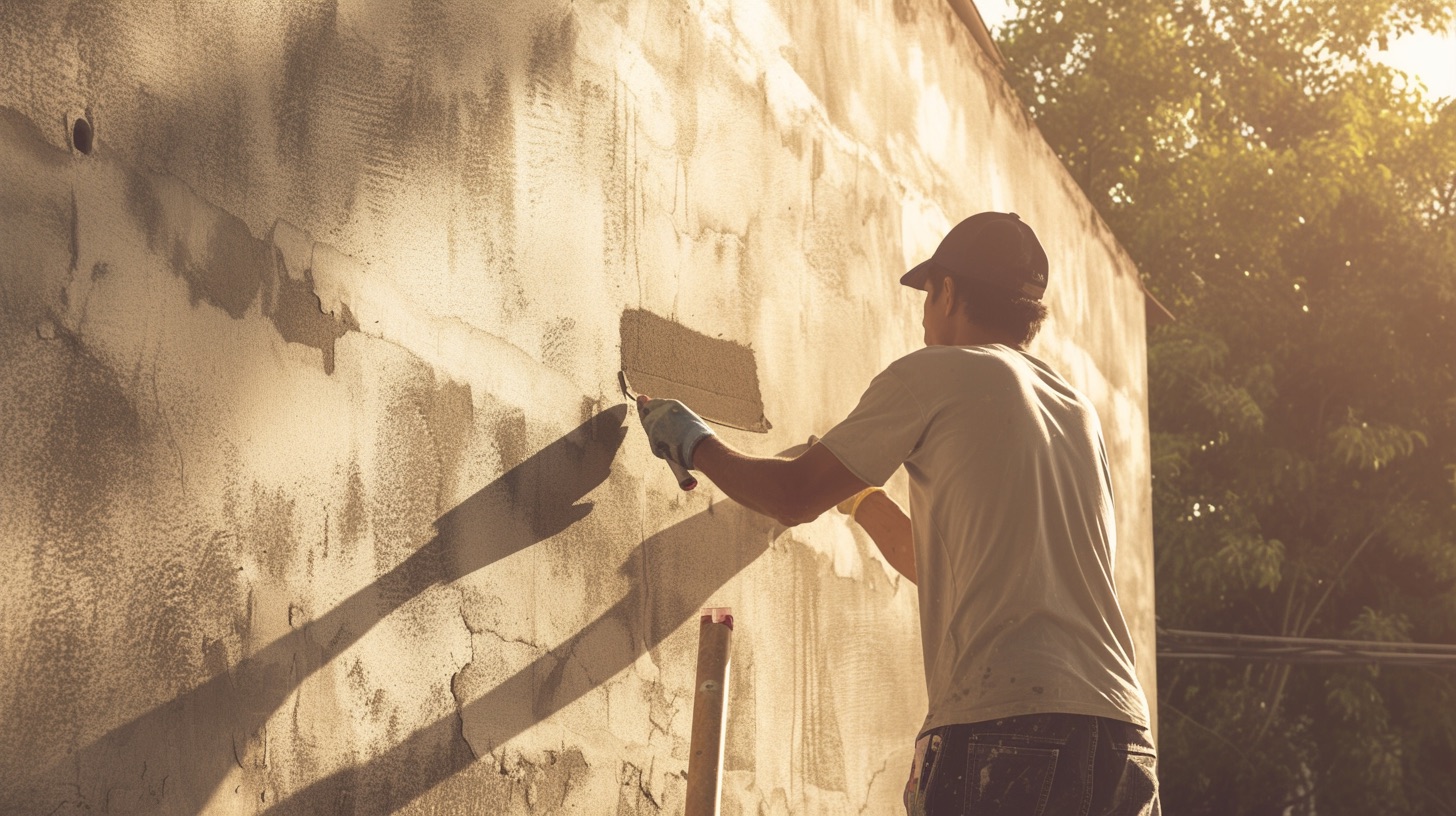
Understanding proper technique is key when it comes to applying cement plaster. Here are the important steps involved.
Preparation of the Surface
The surface that is to be plastered should be clean and free from dust, loose particles, oil, or grease. It has to be wetted before the application of plaster to prevent water from being sucked out of the plaster mix, which can lead to weak bonding.
Application of Cement Plaster
The plaster must be mixed thoroughly before application. It should be applied with a trowel, and generally, two coats of plaster are sufficient. The first coat, known as the "scratch coat", is about 10 mm thick, and the second or "finish coat" is about 8 mm.
Curing
The plastered surface should be cured adequately to avoid the formation of cracks. Curing is done by sprinkling water on the surface for at least 7 days. This helps in proper setting and hardening of the plaster.
Benefits of Cement Plaster
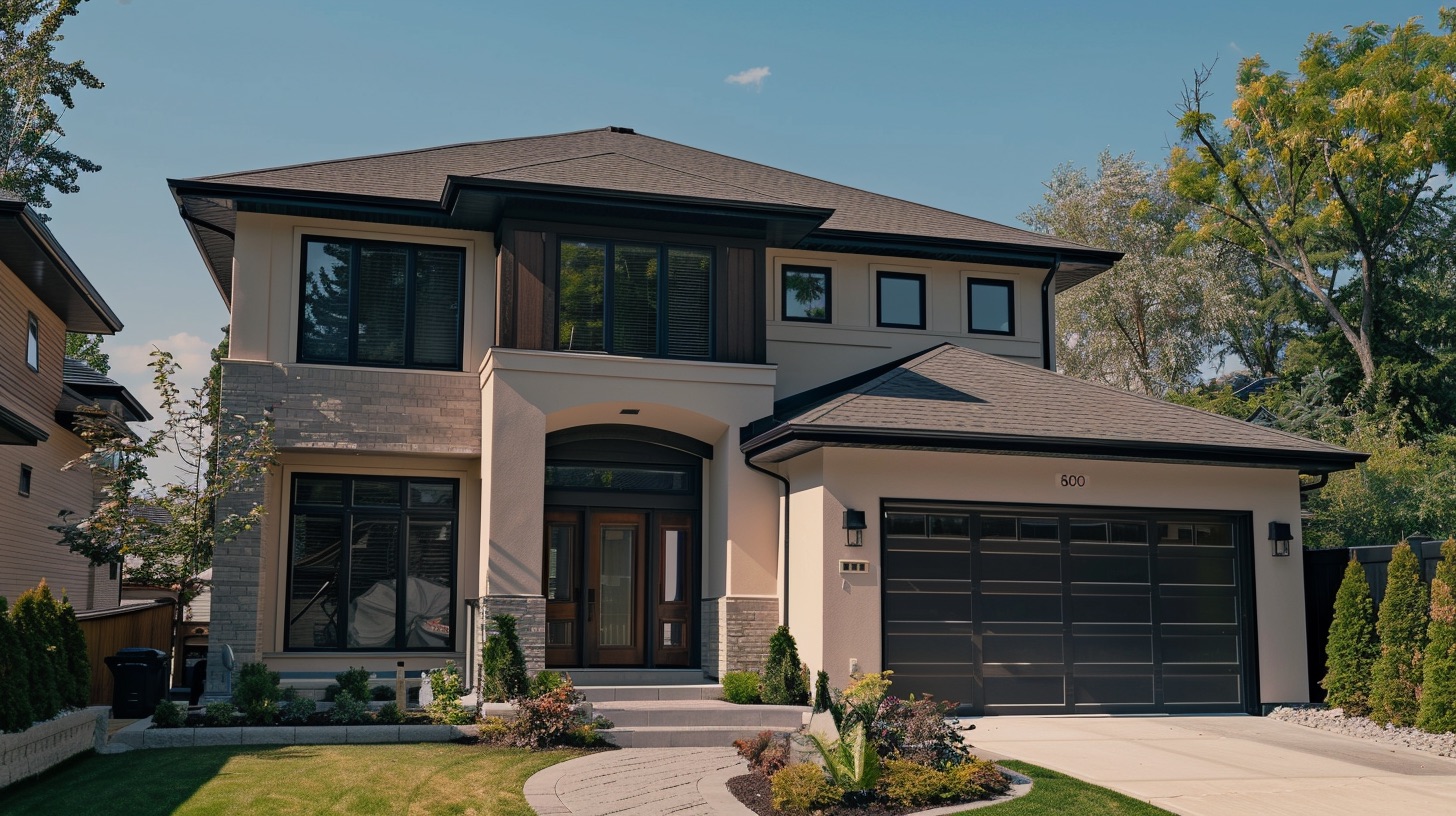
Using cement plaster comes with a host of benefits that make it an appealing choice for builders and homeowners alike:
-
Durability: Cement plaster is very strong and long-lasting. It hardly ever requires repairs or replacement.
-
Water Resistant: It has a high degree of water resistance and provides excellent protection against moisture and dampness.
-
Fire Resistant: Cement plaster also offers excellent resistance to fire.
-
Environment-friendly: As a dominantly inorganic material, cement plaster is recyclable and poses less burden on the environment.
Cement plaster is a versatile, durable, and trusted choice for plastering work in buildings. Whether it's for a residential home or a commercial structure, cement plaster can excellently cater to all your plastering needs.
Frequently Asked Questions about Cement Plaster
How is Cement Plaster Made?
Cement plaster is a blend of sand, cement, and water. The process involves mixing one part of cement to four or five parts of sand. Water is then added gradually to make a mixture that can be plastered on the wall. The mixture should not be too thick or runny; it needs to have the right consistency to enable a good finish.
Why Would I want to Use Cement Plaster?
Cement plaster is durable, weather-resistant, and has a relatively low cost. It offers a hard, resilient surface that can withstand high traffic and rough use which makes it ideal for both interior and exterior surfaces. Furthermore, it can deal with different sorts of weather conditions, making it the perfect choice in humid areas or places with extreme weather conditions.
Can Cement Plaster be Applied to Both Interior and Exterior Walls?
Yes, cement plaster can be applied to both interior and exterior walls. It is an excellent option for both environments due to its durability and resistance to extreme weather conditions. A variety of finishes can be achieved with cement plaster, ranging from smooth and polished to rough and rustic, depending upon individual preferences.
Is Cement Plaster the Same as Stucco?
While cement plaster and stucco share many similarities and are often used interchangeably in conversation, they are not the exact same product. Both materials include cement and sand in their mixtures, but stucco usually also contains lime. Furthermore, while cement plaster is used only for coating walls, stucco can also be crafted into designs for decoration.
What is the Correct Way to Apply Cement Plaster?
Before applying cement plaster, the wall should be wet to prevent rapid absorption of water from the plaster. Using a trowel, the plaster should be applied from the bottom up in a full and even layer. After it begins to harden, a wooden float is used to close and finish the plaster. Keep in mind that the process requires skill to achieve a smooth finish.
Does Cement Plaster Require Maintenance?
Typically, cement plaster requires very little maintenance. It is a resistant material that does not easily get stained or damaged. However, If there are cracks or visible damage on the surface, it is recommended to repair them promptly to prevent further damage. A good cleaning with mild soap and water once or twice a year can maintain its look.
What is the Lifespan of Cement Plaster?
Cement plaster, when properly applied and well-maintained, can last for many years. Its durability and resistance to external elements contribute greatly to its lifespan. However, the exact number of years can vary based on several factors, including environmental conditions, quality of the materials used, and skill of application.
Do I Need a Professional to Apply Cement Plaster?
While it is possible to attempt DIY cement plastering, hiring a professional is often recommended. The mixing and application process of cement plaster requires skill and experience to achieve a smooth and appealing finish. A professional plasterer also understands how to proportion the materials correctly and the right conditions for application.
Can I Paint over Cement Plaster?
Yes, you can paint over cement plaster. However, it is important to let the plaster fully dry and cure before you start painting. Additionally, using a primer before application of the paint can help achieve a smoother finish and ensure the paint adheres well to the surface.
Pros and Cons of Cement Plaster
Pros of Cement Plaster
Durability and Strength
- Cement plaster is incredibly strong, which increases the structural safety of your living space. It is known to withstand wear and tear effectively, making it a long-lasting solution.
- When compared to other plaster varieties, cement plaster is more robust and much tougher. This resistance to impact means less damage and minimal maintenance.
Protection Against Weather Changes
- Cement plaster provides excellent protection against external weather conditions. This applies to both extreme heat and cold. It also protects from rain, snow and other natural elements, significantly enhancing the lifespan of the structure.
- Moreover, cement plaster reduces the heat transfer rate, acting as an effective insulator. This might contribute towards reducing the energy consumption for internal temperature control.
Resistant to Fire and Pests
- Using cement plaster enhances the fire safety of your premises. Being resistant to fire, it reduces the potential risks related to fire accidents.
- Furthermore, cement plaster is invulnerable to pests, ensuring your walls stay safe and look good for a long time.
Consistency and Versatility
- Cement plaster offers a relatively smoother finish, perfect for painting and other decor activities, thereby aiding your aesthetic goals.
- Moreover, it's versatile in its application. You can use cement plaster indoors, outdoors, on the surface of walls or ceilings - even in wet areas like bathrooms and kitchens.
Economical
- In terms of costs, cement plaster comes as a more economical choice. Given its durability, low maintenance, and high resistance to various elements, it offers good value for money.
Cons of Cement Plaster
Cracking Issues
- One of the major cons of using cement plaster is its potential to develop cracks over time. The material may shrink and expand with changing atmospheric conditions leading to cracks.
- The possibility of cracks also increases if the mixing and application of cement plaster are not done correctly.
Working Time and Skill
- Cement plaster can be more challenging to work with compared to other plasters. It requires a higher degree of skill to achieve a smooth finish.
- Additionally, the setting time for cement plaster is lower than other types of plaster. This limits the working time, making it difficult for inexperienced people to manage the plastering process efficiently.
More Weight
- Cement plaster, when used for plastering walls or ceilings, adds extra weight to the building structure. This might impact all the structures that bear the weight, including the foundation and the columns.
Increased Structural Load
- Where higher thicknesses of plaster are required, cement plaster is less suitable. It adds significant load to the structure, which might require reinforcements or additional supportive measures.
Health Risk
- Wet cement plaster can cause skin irritation and eye inflammation. Prolonged exposure or handling without proper safety equipment may result in serious health complications in some cases.
Summary
A key aspect of cement plaster that stands out is its versatility. It serves both functional and aesthetic roles, making it indispensable in the construction trade. From providing smooth finishes to walls to aiding in moisture control, the unique features of cement plaster speak volumes about its relevance in modern construction works.
Cement plaster is known for its durability and resistance to various environmental factors. Its usage not only improves the sturdiness of a structure but also aids in reducing maintenance costs. This makes cement plaster a go-to solution for most constructors and homeowners aiming to balance between cost and quality.
Despite these strengths, it's important to note that the quality of cement plaster is heavily reliant on the mix ratio and application process. For optimal results, it's crucial to have a clear understanding of the mixing and application process. Therefore, whether it's for a simple house renovation or a large-scale construction project, using cement plaster should be guided by adherence to standards and best practices.
About Atlas Stucco
Welcome to Atlas Stucco, your trusted stucco experts based in Sacramento, CA. With a deep-rooted commitment to craftsmanship and quality workmanship, we've been transforming homes and businesses for years. We take pride in our ability to provide top-notch stucco services that not only enhance your property's aesthetics but also its durability. With Atlas Stucco, you can expect attention to detail, personalized service, and a team that's dedicated to ensuring your satisfaction. Let's create something beautiful together!
Tags: Cement Plaster, Home Improvement, Construction,

